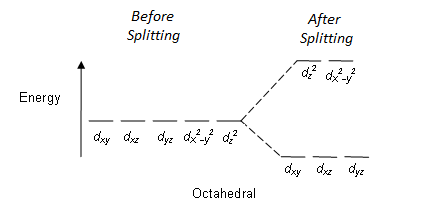 Tonight I took my wife to see the movie World War Z. She doesn't often go to movies with me. In fact, she doesn't even really like seeing movies in the theatre at all. But, for a zombie movie, she was easy to convince.
Tonight I took my wife to see the movie World War Z. She doesn't often go to movies with me. In fact, she doesn't even really like seeing movies in the theatre at all. But, for a zombie movie, she was easy to convince.My thoughts on the film? I really liked it. I thought there was a good balance of action and suspense. I don't care that the characters were underdeveloped and I didn't mind that the movie had almost nothing to do with the book it was "based on". I wanted a fun, suspenseful zombie flick and I got it. There were a few things that bothered me, though, and of course they were science related. I can't help it - when a major plot point requires science I spend more time analyzing the science than enjoying the movie. I was able to shut off my brain for most of the film, but here's a few things that bothered me.
#1 - The Virologist
There is only one hope for humanity - a young virologist who knows everything about how to fight the zombie virus.
Why it bothered me
I was really worried when I saw this virologist character enter the picture. He's a young, brilliant scientist who is presumably humanity's last chance to find a cure. The reason this bothered me is that science really doesn't work like that - it's not a solo endeavor and there's not one person without whom we would be completely lost. True, there are some great scientists who have contributed enormous amounts of knowledge, but a major field doesn't usually just die because one researcher isn't researching anymore. Science is extremely collaborative - even if you're doing research on your own. There are papers, conferences, and discussion. Science doesn't move forward on the shoulders of one person. The "savior" scientist character is a little annoying, so I'm glad they took him out (or rather, I'm glad he took himself out).
#2 - The Virus That Knows You're Terminally Ill
Our protagonist notices that the zombies don't attack the weak or terminally ill. We learn that the virus will only seek out a healthy host.
Why it bothered me
I could actually believe the science of this . . . almost. It makes sense though, from an evolutionary standpoint, that the virus would be "programmed" to seek the next step in its life cycle - in this case a healthy human. It's even true that, as one scientist in the movie said, "there is a precedence for this kind of behavior." It's just a case of mind controlling parasites, which I've written on before.
The problem is that there hasn't been time for nature to select for this trait. Evolution doesn't work by "choosing" the best solution to a problem. It works by randomly coming up with billions of "solutions" and letting mother nature weed out which ones work and which ones don't. In this case, the virus spread quickly, had very few life cycles, and actually started showing the trait very early on (the zombies avoided the soldier with a bum leg - which by the way how is that terminally ill? Wouldn't most of the world be safe if a hurt leg is all it took for the zombies to avoid you? If you fall down while being chased wouldn't that be the zombie equivalent of sliding safely into home base?).
#3 - The "Camouflage"
A zombie "vaccine" of sorts is created. It's a hybrid meningitis bacteria that tricks the zombies into thinking you're terminally ill.
Why it bothered me
Vaccines are, in many cases, literally this exact thing. There's already a vaccine for meningitis that should be administered starting at 11 years old. Why wouldn't that work as zombieflage1? Talk about herd immunity - our vaccines in this scenario would literally be immunity from a herd (of zombies). If weakened bacteria were all we needed then this should have never been a problem.
But let's step away from vaccines. Maybe vaccines won't work in this universe because they aren't healthy bacteria. Even so, we are full of bacteria. It's everywhere, no matter how clean you think you are. If zombies don't attack a human that is infected with bacteria, then we're all safe. After all, we're mainly microbe:
But maybe I'm making a bigger deal than I should about all of this. After all, it is just a movie . . .
Notes
[1] It's camouflage, but for zombies. Stay with me, I'm making up words in this post.
Click here for more Bad Science in the Movies



 But, maybe that's a false choice. After all we could just eat foods that don't require chemical preservatives, right? Let's say, for example, spinach, carrots, and celery. These fresh vegetables must be an excellent substitution for foods high in preservatives, right?
But, maybe that's a false choice. After all we could just eat foods that don't require chemical preservatives, right? Let's say, for example, spinach, carrots, and celery. These fresh vegetables must be an excellent substitution for foods high in preservatives, right?





